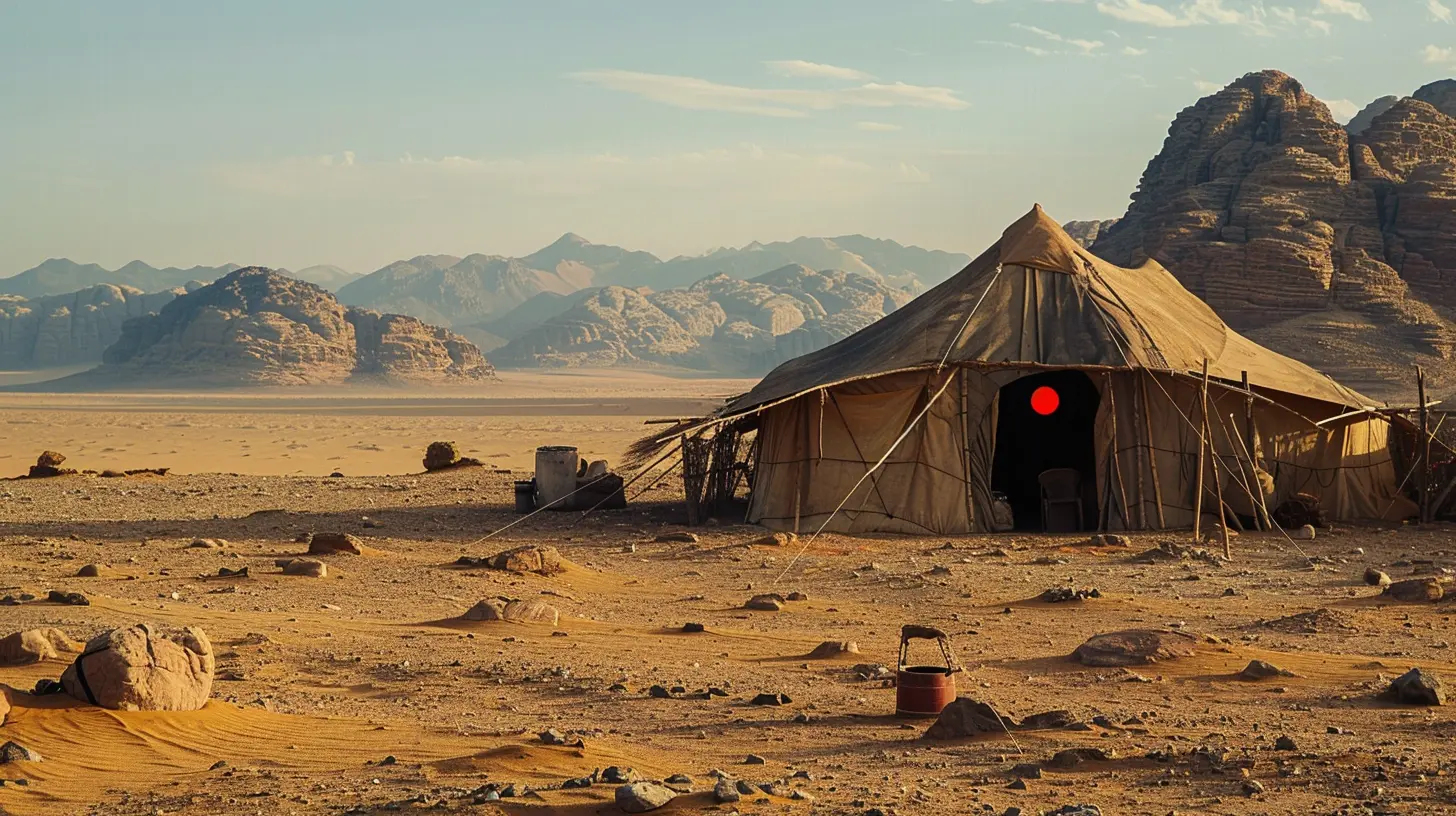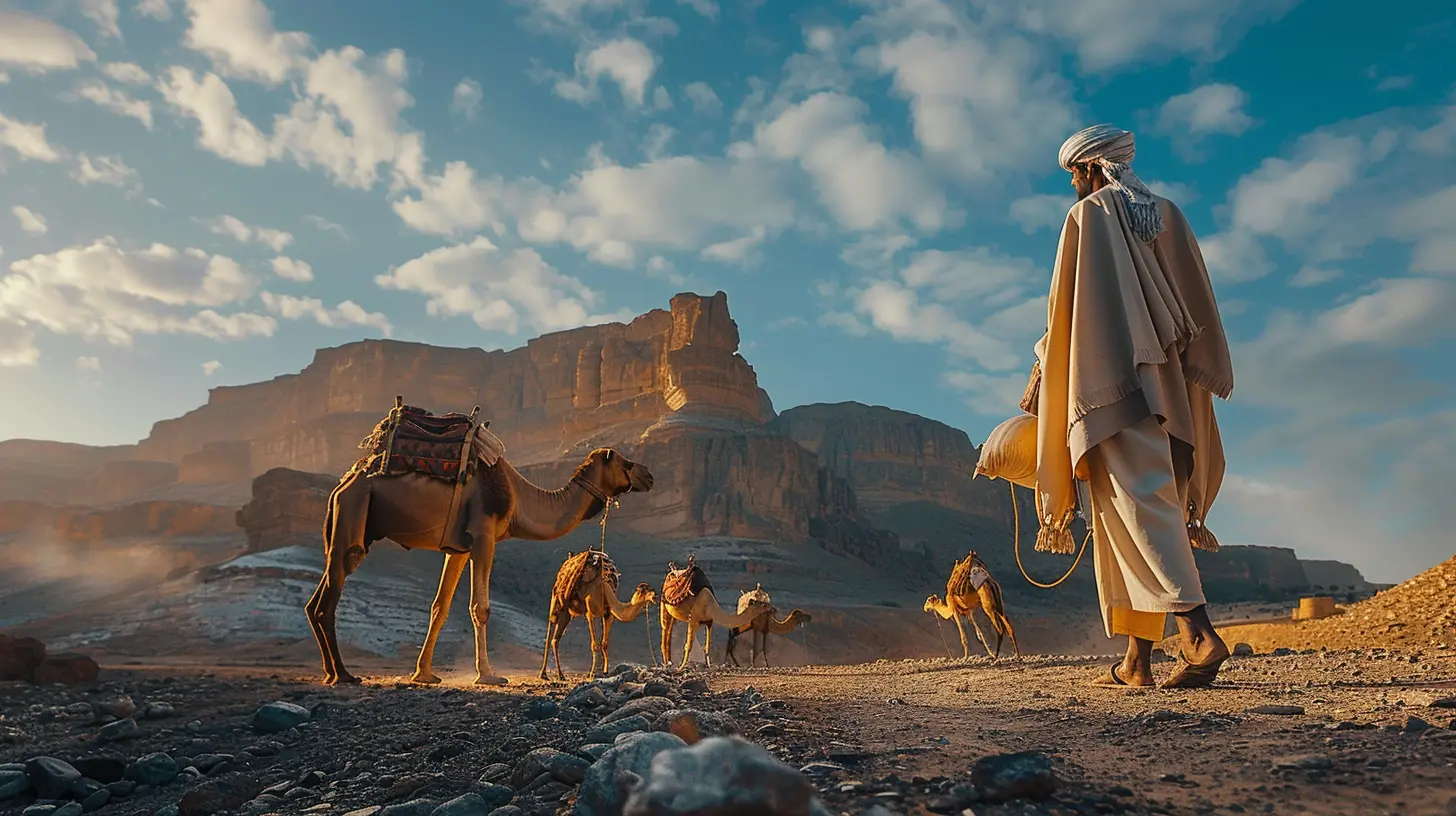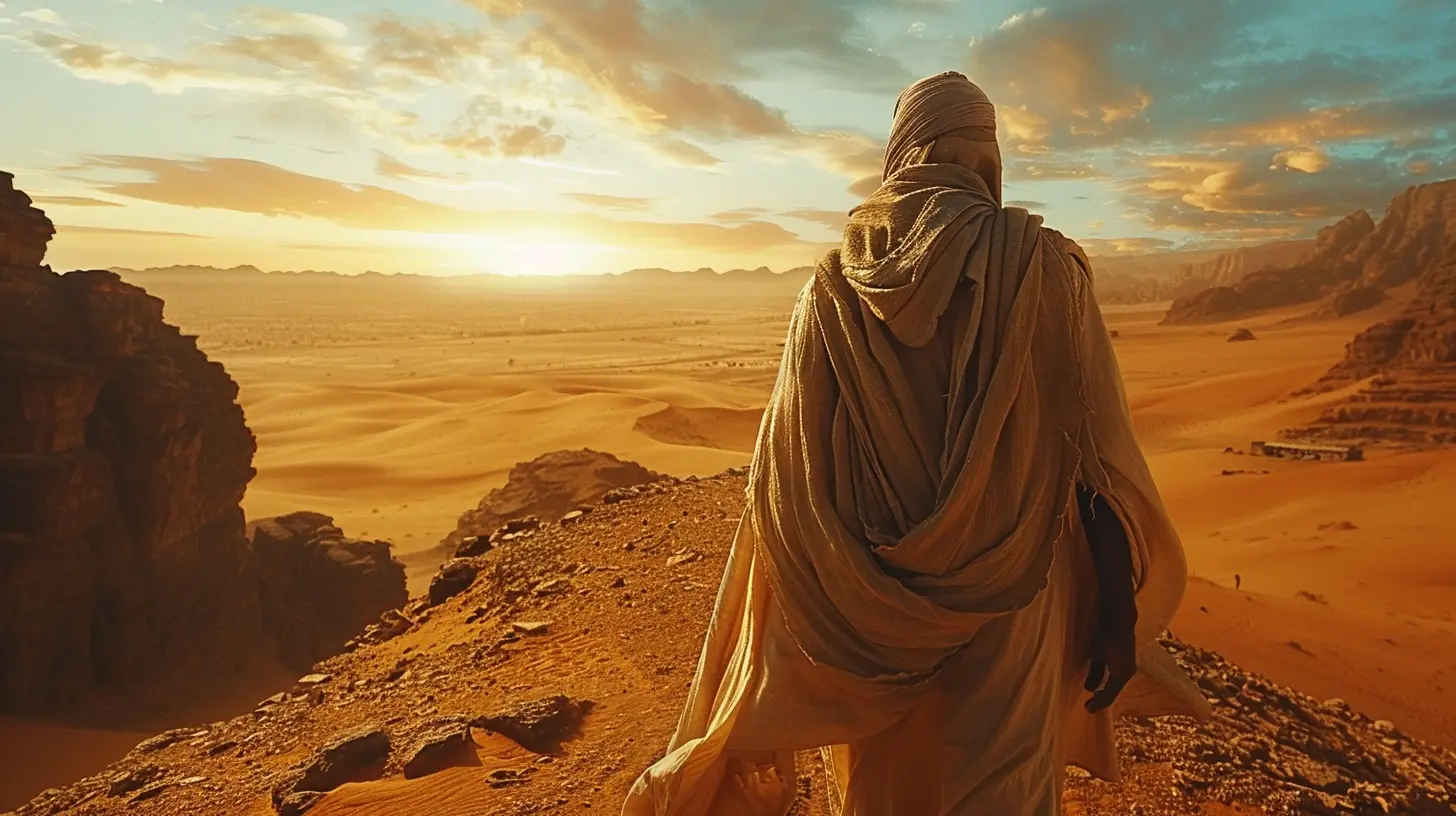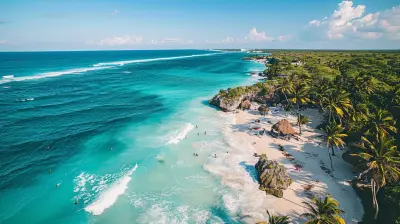Connecting with Nomadic Tribes in Remote Desert Regions
18 July 2025
Have you ever felt the tug of wanderlust so deep that only the untouched corners of the world could satisfy it? There's something inexplicably magnetic about the vastness of a desert—endless dunes, blistering sun, and a sense of timelessness. But it's not just the landscape that's captivating; it's the people who call these harsh lands home. Connecting with nomadic tribes in remote desert regions isn’t just a travel experience—it’s a transformative journey into humanity’s most resilient and rooted cultures.

Why Seek Out Nomadic Tribes?
Let's face it—we live in a digitized, fast-paced world. Everything is on demand, accessible in seconds. But when you find yourself sipping tea under a goat-hair tent in the Sahara or listening to ancient stories from a Mongolian herder, the noise of modern life fades, and something deeper clicks into place.Nomadic tribes offer a rare chance to slow down and live in the moment. These are communities that move with the rhythm of nature, adapting to the elements rather than shaping them. You're not just observing a different lifestyle—you’re being invited to briefly walk in their shoes.

Where Can You Find These Remarkable Nomads?
Nomadic cultures still thrive—albeit in dwindling numbers—in deserts all across the globe. Let's map the terrain:🏜️ The Berbers of the Sahara
In North Africa, spanning Morocco, Algeria, Tunisia, and parts of Mali and Niger, the Berber people (also known as the Amazigh) have lived across the Sahara for thousands of years. Proud, poetic, and incredibly hospitable, many Berbers are semi-nomadic, relying on camel herding and intricate trade networks.🐪 The Bedouins of the Middle East
From Jordan and Saudi Arabia to Egypt and Syria, Bedouin tribes are desert dwellers known for their legendary hospitality, strong spiritual roots, and intricate oral traditions. A night spent under the stars in a Bedouin camp is one of those once-in-a-lifetime travel moments.⛺ The Tuareg of the Sahel
Often dubbed the "blue men of the desert" because of their indigo robes, the Tuareg people live across Mali, Niger, and Algeria. Fiercely independent and deeply spiritual, the Tuareg are known for their storytelling, silver jewelry, and navigating some of the harshest terrains on Earth with grace.🌾 The Mongolian Nomads
Although not traditionally "desert" tribes, the nomads of Mongolia face similar challenges in the Gobi Desert and surrounding arid steppes. Living in portable gers (yurts), these communities move seasonally to find grazing land for their livestock, especially horses, which are central to Mongolian identity.🐫 The Rabari of India
In the arid regions of Rajasthan and Gujarat, the Rabari community continues their age-old traditions of camel herding. With their distinctive dress, rich folklore, and vibrant artworks, they’re a living museum of India's desert heritage.
What to Expect When Meeting Nomadic Tribes
Alright, let’s get real. You’re not checking into a 5-star resort here. There are no infinity pools or wifi lounges. But that’s exactly what makes it so incredible. Here’s what you can anticipate:🌄 A Deep Disconnect (in the Best Way)
No Instagram. No emails. Just you, a cracking campfire, and the carpet of stars overhead. It may feel jarring at first (withdrawals, anyone?), but this digital detox is a gift. You'll rediscover the beauty of true connection—human to human, without screens in between.🍵 Hospitality That Puts the Ritz to Shame
Tribes like the Bedouins and Berbers are known for treating guests like royalty. Expect strong, sweet tea, generous meals, and warm welcomes. Even if you don’t speak the same language, gestures, smiles, and laughter fill the gaps.🐪 Shared Routines and Chores
You might be invited to help fetch water, tend goats, or cook a communal meal. Don’t be shy—jump in! It’s through this hands-on participation that the real magic unfolds. You’ll gain respect and, more importantly, perspective.📚 Storytelling and Oral Tradition
Long before Netflix, stories were the ultimate entertainment. Imagine sitting around a fire while an elder recounts tales passed down for generations, complete with hand gestures, rhythms, and sound effects. It’s better than any Hollywood blockbuster.
How to Prepare for an Immersive Desert Experience
You don’t just hop off a plane and expect to blend in with ancient traditions. Here's how to get ready:🗣️ Learn the Basics of the Language
No, you don’t have to be fluent, but a few words in Arabic, Berber, Mongolian, or the local dialect can go a long way. "Thank you," "hello," and "beautiful" are powerful bridges.🎒 Pack Smart, Not Heavy
Think lightweight clothing, layers, a solid hat, sunscreen, and eco-friendly essentials. Less is more. And remember, deserts get surprisingly cold at night—so bring something warm.🔍 Choose Ethical Travel Options
Work with local guides or community-run organizations that prioritize fair compensation and respectful practices. Avoid exploitative "culture shows" that turn sacred traditions into tourist entertainment.💡 Keep an Open Mind and Heart
You might not agree with every custom. You might not understand every ritual. That’s okay. Come with curiosity, not judgment. Absorb the experience, reflect on it, and let it change you.How Nomadic Tribes Can Change Your Life Perspective
Honestly? Spending time with nomadic peoples often leaves a footprint on your soul. Here’s why:🌍 You’ll Realize How Little You Need
Watching someone live joyfully, owning only what they can carry, hits hard. It challenges our consumerist mindset and invites introspection. Do we really need all our “stuff”?🧘 You’ll Learn Patience and Presence
Nomadic life follows nature's pace. There’s no rushing. Animals move when they’re ready. Tea brews slowly. Stories unfold in their own time. It's a masterclass in mindfulness.🤝 You’ll Experience True Connection
Modern life often lacks authentic interaction. We have countless "friends" online but rarely connect deeply in person. With nomadic tribes, communication is honest, raw, and heartfelt—even if you're not speaking the same tongue.
Tips to Respectfully Navigate Cultural Differences
Here’s the golden rule: observe more than you speak, especially in the beginning. But here are a few more tips:- Always ask before taking photos.
- Dress conservatively—it shows respect.
- Avoid imposing your values or beliefs.
- Be humble. You're the guest, not the savior.
- Listen more than you talk.
Giving Back Without Taking Over
If your experience with a tribe moves you, you might feel compelled to help. That’s wonderful, but do it right. Support local artisans, donate to responsible organizations, or share their stories to elevate awareness. Just avoid the temptation to "fix" things your way.
Stay Safe While Still Being Adventurous
Deserts are wild and wonderful—but they can also be unforgiving. Always:- Travel with a trusted local guide.
- Stay hydrated.
- Know emergency contacts in the region.
- Keep communication tools handy (satellite phones, GPS).
- Let someone know your route and expected return.
Final Thoughts
Connecting with nomadic tribes in remote desert regions isn’t just about ticking a box on your travel bucket list—it’s about awakening something ancient in your DNA. It’s a call back to when life was simpler, communities were close-knit, and every step had purpose.So if you're yearning for a journey that goes beyond postcards and photo ops… if you crave a deeper connection with the world… pack your bag light, open your heart wide, and step into a timeless rhythm that still pulses beneath the desert sands.
Trust me—you’ll never look at life the same way again.
all images in this post were generated using AI tools
Category:
Desert AdventuresAuthor:

Pierre McKinney
Discussion
rate this article
2 comments
Sablethorn Mathews
This article beautifully captures the essence of connecting with nomadic tribes. It highlights the rich culture and traditions of these communities, reminding us of the profound experiences waiting in the world's most remote desert landscapes. A must-read!
November 5, 2025 at 5:44 PM

Pierre McKinney
Thank you for your kind words! I'm glad the article resonated with you and highlighted the beauty of nomadic cultures.
Zayden Gutierrez
Exploring remote desert regions and connecting with nomadic tribes offers a unique opportunity to embrace diverse cultures and traditions. Each encounter enriches our understanding of humanity and fosters a deeper appreciation for our world. Let the spirit of adventure guide you as you embark on this transformative journey!
July 21, 2025 at 2:41 AM

Pierre McKinney
Thank you for your insightful comment! Indeed, embracing the spirit of adventure while connecting with diverse cultures truly enriches our understanding of humanity.


